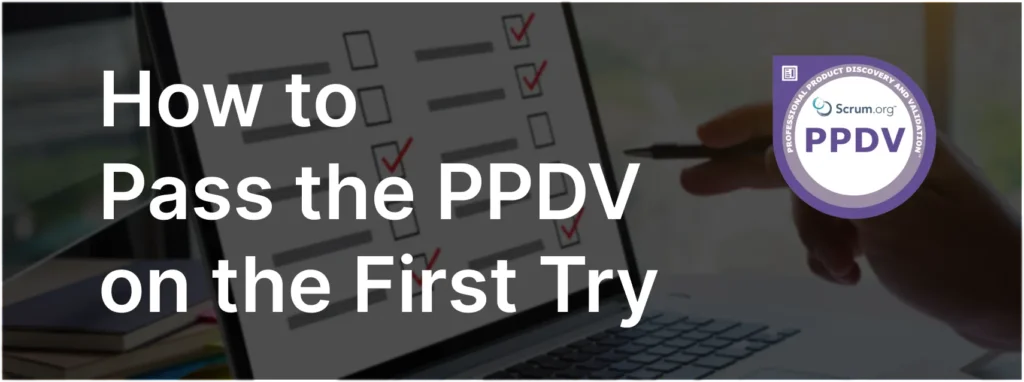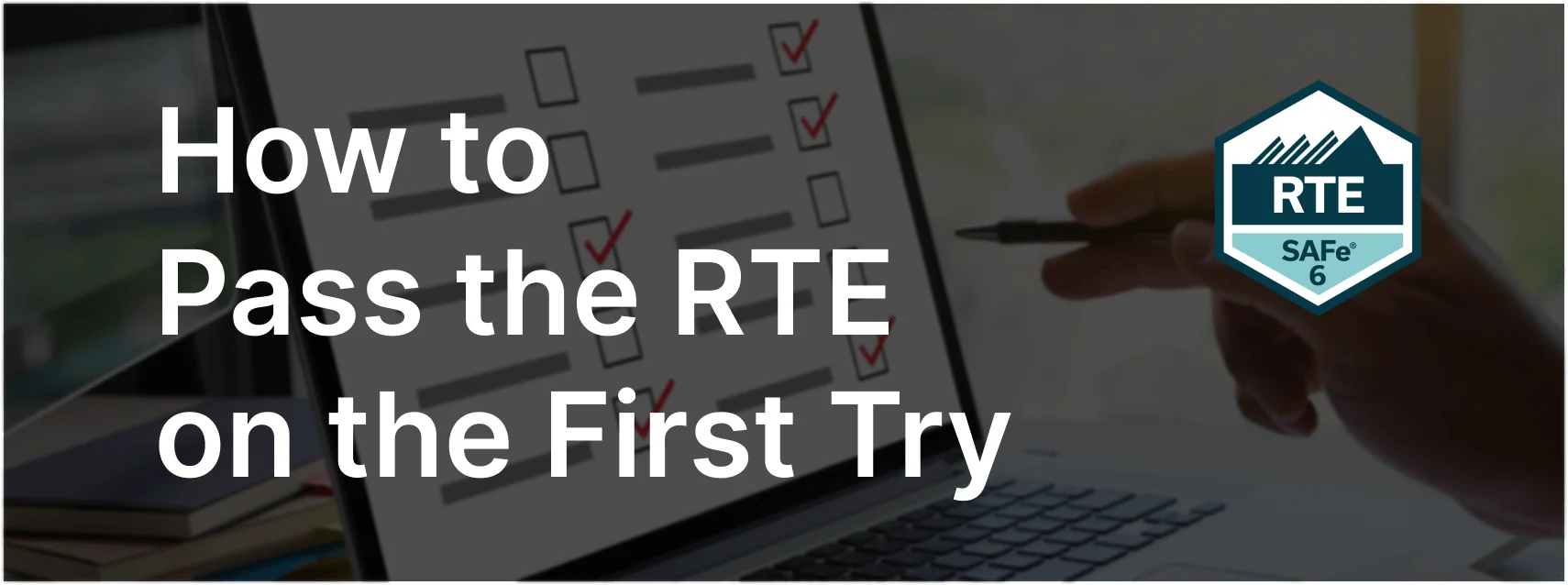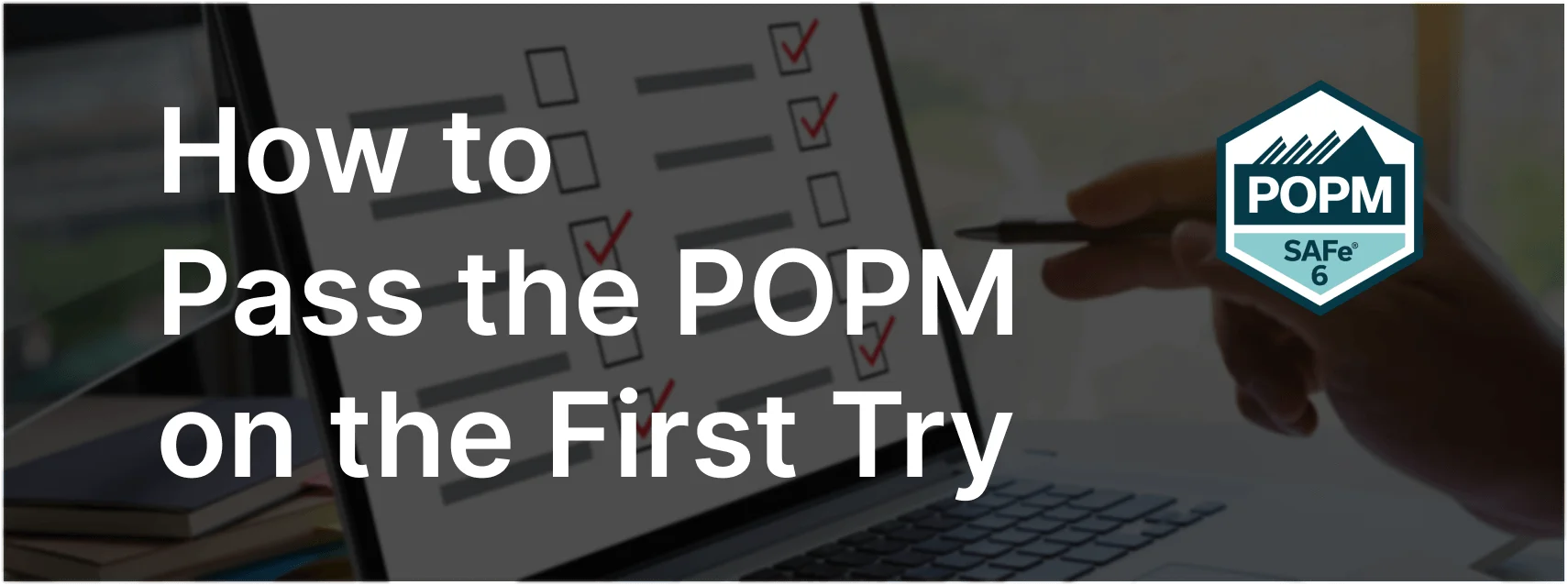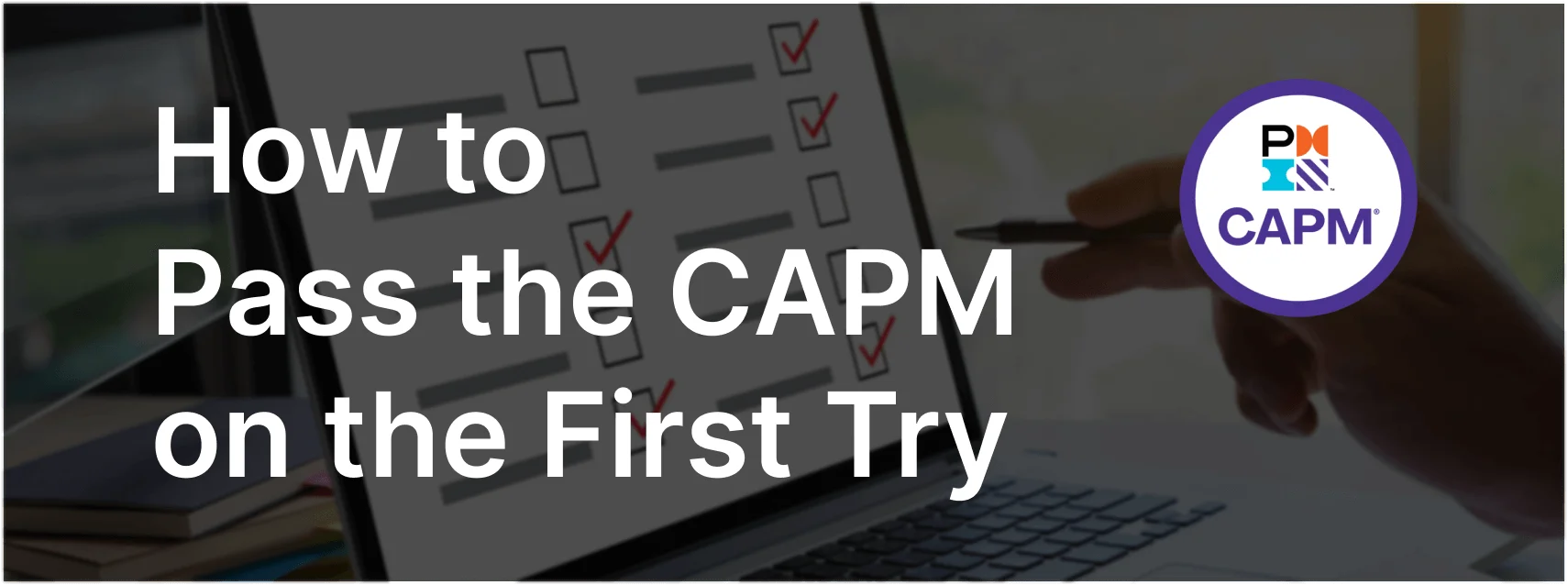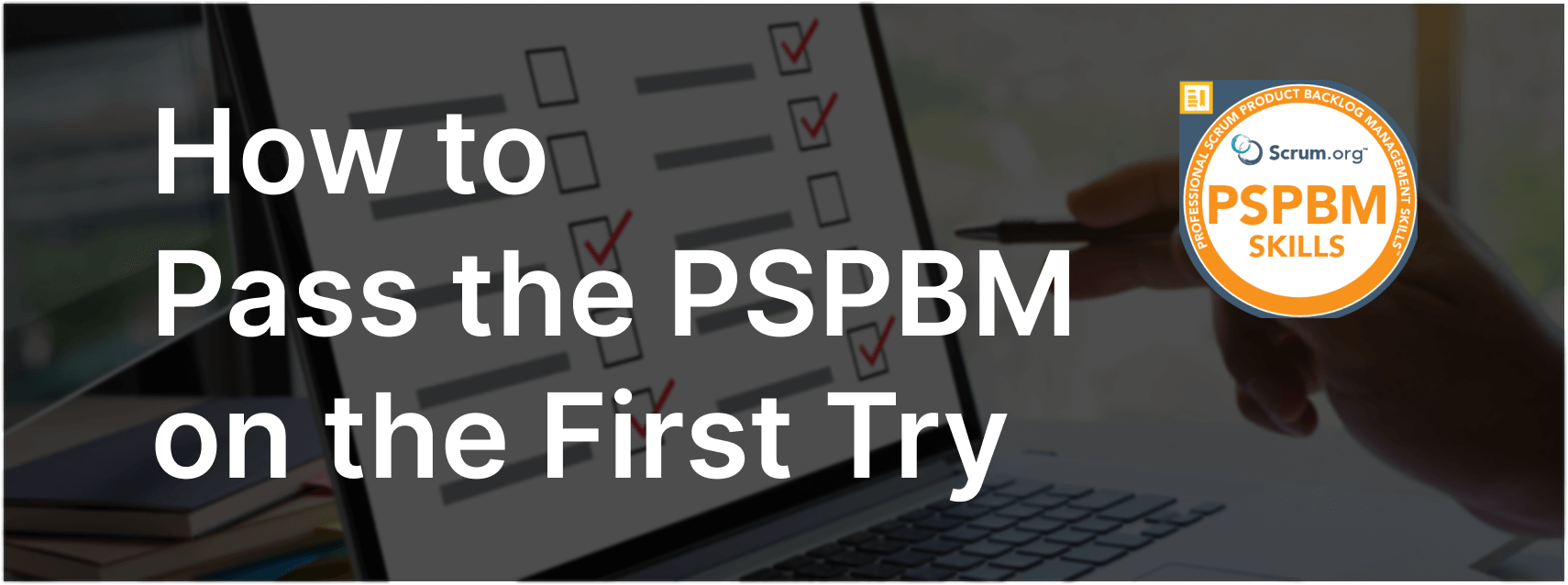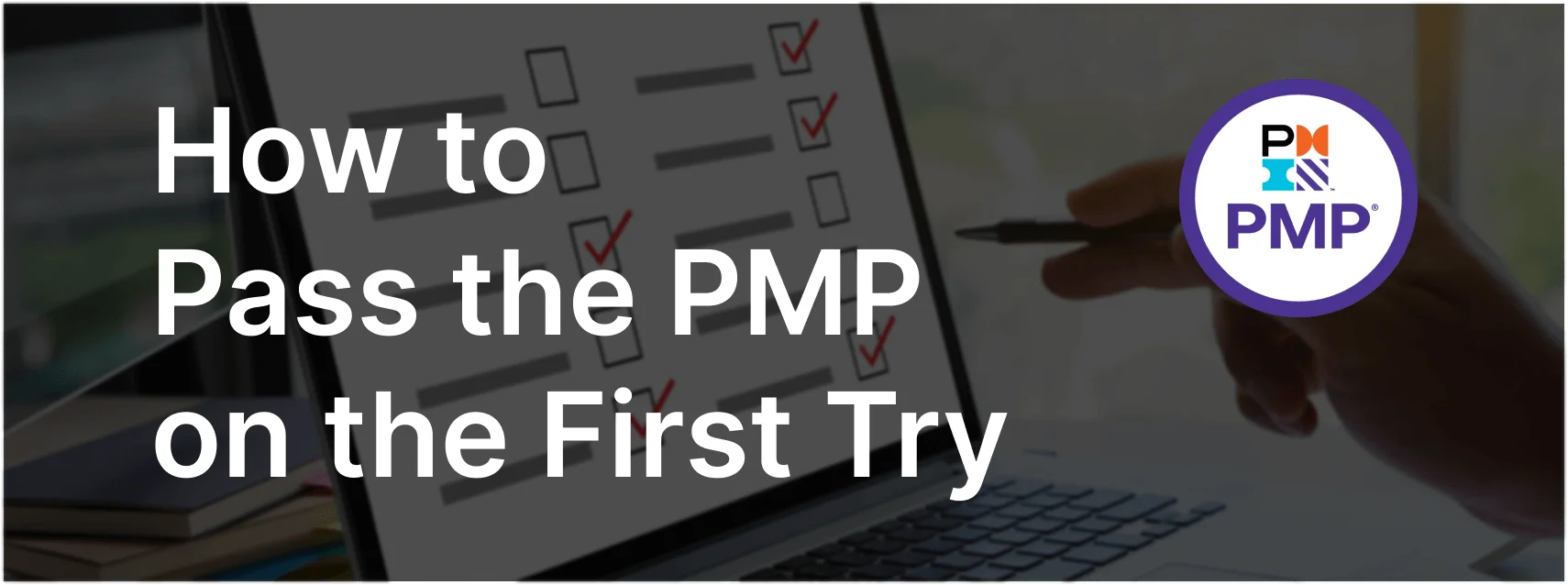The Professional Product Discovery and Validation™ (PPDV™) certification from Scrum.org is tailored for product professionals who are serious about creating products that matter. It validates your ability to apply discovery and validation techniques that reduce risk, engage stakeholders, and maximize value delivery. Whether you’re a Product Owner, Product Manager, or a product leader, the PPDV™ is proof that you understand how to balance evidence with vision, exploration with validation, and learning with delivery. In this guide, we’ll break down what the certification is about, how to prepare, and why it’s a powerful next step for product professionals working in agile environments.
Table of Contents
Understand the Exam Format and Content
Before diving into your exam preparation, it’s important to understand the format of the PPDV™ exam and the content that will be covered. This clarity will help you prepare more effectively and feel confident on exam day.
The PPDV™ exam is a time-boxed, multiple-choice assessment designed to evaluate your ability to apply product discovery and validation practices in complex, real-world scenarios. Unlike foundational Scrum exams, this assessment emphasizes applied thinking, experimentation, and delivering outcomes—not just outputs.
- Passing Score: 85%
- Time Limit: 30 minutes
- Number of Questions: 20
- Format: Multiple Choice
- Language: English
The exam is designed to assess your ability to:
- Apply discovery and validation techniques in realistic product scenarios
- Interpret evidence and design appropriate experiments
- Align product decisions with vision and outcomes
You won’t be tested on memorizing terminology—you’ll be expected to understand how product discovery works in practice and how to respond to complex situations. Questions are scenario-based and often include subtle answer options that require critical thinking.
Know the Three Key Areas Assessed
The PPDV™ exam is centered around three core categories that represent the pillars of effective product discovery and validation. Understanding these areas will help you interpret questions more effectively and apply the right mindset during the exam.
Unlike other assessments that focus on process or team roles, the PPDV™ exam emphasizes the mindset and practices required to build the right product—not just build the product right. Let’s explore each category in more depth:
1. Engage with Vision
Product discovery begins with a shared understanding of what success looks like. This category assesses your ability to help stakeholders and teams co-create and align around a compelling product vision.
You should understand how to:
- Facilitate co-creation of the product vision with stakeholders
- Connect the vision to outcomes, Product Goals, and organizational strategy
- Use the vision as a decision-making filter during exploration and delivery
Expect questions that test your ability to resolve misalignment, handle vision drift, and communicate the “why” behind the work effectively across audiences.
2. Evolve with Validation
This category focuses on using evidence to learn before investing heavily in delivery. You’ll be tested on your ability to challenge assumptions and run experiments to validate ideas.
You should be familiar with:
- Hypothesis framing and assumption mapping
- Choosing appropriate validation strategies (e.g., interviews, prototypes, A/B tests)
- Designing small, fast, and inexpensive experiments to generate actionable learning
The exam may present scenarios involving unvalidated features, stakeholder requests, or customer complaints—expect to determine the next best action using a lean validation lens.
3. Lead to Value
Delivering value through discovery and validation requires leadership. This category measures your ability to create a culture that supports learning, experimentation, and outcome-driven decision-making.
You’ll need to demonstrate understanding of how to:
- Foster psychological safety within teams to support exploration and transparency
- Enable product teams to make evidence-based decisions collaboratively
- Shift conversations from outputs (features) to outcomes (results)
Scenario questions may involve organizational resistance, stakeholder conflict, or teams unsure of their goals—your answers should reflect an ability to lead with curiosity, focus, and evidence.
Study and Prepare Effectively
Preparing for the PPDV™ exam requires more than memorizing definitions—it involves developing a product mindset rooted in learning, experimentation, and value creation. To succeed, you need a plan, the right resources, and time to reflect on your current product practices. Here are proven strategies to guide your preparation:Create a Study Plan
A structured plan can help you stay consistent and focused. Start by setting a realistic target date for your exam, then break your prep into manageable weekly goals. Allocate time to review each of the three core categories: Engage with Vision, Evolve with Validation, and Lead to Value. Track your progress by writing notes or summaries after studying each topic. Reflect on how these principles apply to your own product work to make the learning stick.Use High-Quality Learning Resources
The most reliable place to begin your studies is the official PPDV™ Learning Series on Scrum.org. It contains detailed explanations, examples, and guidance directly aligned with the exam objectives. In addition, the PPDV™ Exam Prep are specifically crafted to simulate the style and tone of the real exam. Each question is followed by a detailed explanation to deepen your understanding—not just test it.Focus on Application Over Memorization
Memorizing definitions will only take you so far. The PPDV™ exam is designed to assess your judgment and decision-making in complex, often ambiguous product situations. To improve your application skills:- Analyze case studies or past product initiatives you’ve worked on
- Identify examples of good or poor discovery and validation practices
- Practice reframing feature requests as assumptions to be validated
Leverage Discussion and Peer Learning
Discussing product discovery concepts with peers, coaches, or communities can help you gain new insights and reinforce learning. Consider joining a Scrum or Product meetup, or even starting a study group with others preparing for the same exam.Reflect and Self-Assess Regularly
Self-assessment is a key part of discovery—so make it part of your exam prep, too. After each practice test or study session, ask yourself:- What concepts do I feel confident about?
- Where do I hesitate when answering scenario-based questions?
- Am I making decisions based on evidence and outcomes—or just process?
Practice with Sample Questions
One of the most effective ways to prepare for the PPDV™ exam is to practice with realistic, scenario-based questions that mirror the exam experience. This not only familiarizes you with the question format, but also helps you apply your knowledge under time pressure—just like during the actual test. The exam questions are crafted to assess your reasoning in discovery situations. You’ll often be presented with a scenario and asked to choose the best next step or identify the most appropriate technique based on the context. These aren’t trick questions, but they require careful reading and an understanding of what truly drives product value.Why Practice Tests Work
Practice tests allow you to:- Get comfortable with the format and structure of the exam
- Identify weak spots in your understanding of discovery and validation
- Track your progress over time
- Build confidence by simulating real exam conditions
What to Look for in a Good Practice Test
Not all practice tests are created equal. A good PPDV™ practice resource will:- Contain original questions written to reflect the exam’s style and difficulty
- Include explanations that don’t just tell you the right answer—but explain why
- Focus on the exam’s three core categories: Engage with Vision, Evolve with Validation, and Lead to Value
Learn from Your Mistakes
When reviewing incorrect answers, don’t just memorize the correct one. Dig into why your original answer didn’t align with discovery thinking. Ask yourself:- Did I jump to a solution instead of exploring the problem?
- Did I focus on delivery over validation?
- Did I ignore evidence in favor of intuition or stakeholder opinion?
Exam Day Strategies
By the time exam day arrives, your preparation should have equipped you with the knowledge and confidence needed to succeed. But even with strong preparation, how you approach the exam on the day itself can significantly impact your performance.
Here are some proven strategies to help you stay calm, focused, and effective during the exam.
Manage Your Nerves
Feeling a little nervous is normal—especially for a time-boxed, scenario-based exam. The key is managing that anxiety so it doesn’t interfere with your thinking.
- Get a full night’s sleep before the exam
- Set up a quiet, distraction-free environment
- Take a few minutes to breathe deeply before starting
- Remind yourself that you’ve prepared well—you’re ready for this
Read Each Question Carefully
Many PPDV™ exam questions include subtle phrasing or small contextual cues that make a big difference. Rushing through a question can lead to misinterpretation.
- Read the entire question before reviewing the answer options
- Highlight or take note of key words such as “most appropriate,” “best next step,” or “likely outcome”
- Understand the problem being presented before solving it
Use Elimination Techniques
If you’re unsure of the answer, start by eliminating options that are clearly incorrect. Often, this will narrow it down to two plausible choices—then you can apply what you know to select the best fit based on discovery principles.
Watch the Clock—but Don’t Panic
You have 30 minutes to answer 20 questions, which gives you roughly 90 seconds per question. If you get stuck, don’t dwell—move on and return to it if time permits.
- Stay aware of time without letting it stress you out
- Flag any tricky questions to revisit later
- Always attempt every question—there’s no penalty for guessing
Stick to Your Discovery Mindset
The exam is designed to reward product thinkers who understand the value of learning and experimentation. When in doubt, choose the option that encourages collaboration, validates assumptions, or aligns with outcomes over outputs.
By approaching the exam with curiosity and composure—just like you would in a real discovery session—you’ll increase your chances of passing on the first try.
Conclusion
The Professional Product Discovery and Validation™ (PPDV™) certification is more than just an exam—it’s a validation of your ability to navigate complexity, reduce risk, and create products that truly deliver value. It demonstrates that you understand how to apply discovery and validation practices in fast-paced, ever-changing environments where learning is the key to progress. As a quick recap, here’s what you should focus on as you prepare:- Understand the exam format and content: Know what to expect—20 multiple-choice questions, 30-minute time limit, 85% passing score
- Master the three core areas: Engage with Vision, Evolve with Validation, and Lead to Value
- Create a study plan: Set a timeline and break down your learning across the three categories
- Use realistic practice tests: Get familiar with the types of questions and the critical thinking required. Try the PPDV™ Exam Prep
- Reflect on your mindset: This exam isn’t about memorization—it’s about demonstrating product thinking grounded in learning, evidence, and value
- Stay calm and strategic on exam day: Read carefully, manage your time, and approach questions with a discovery-first lens
FAQ
Most frequent questions and answers
Those who hold the Professional Product Discovery and Validation™ (PPDV™) certification have demonstrated their understanding of modern product discovery practices, validation techniques, and evidence-informed decision-making. The PPDV™ assessment evaluates your ability to reduce risk, generate learning through experimentation, and align product direction with customer and business outcomes.
The exam covers the three key focus areas: Engage with Vision, Evolve with Validation, and Lead to Value. Scenario-based questions assess how you apply discovery thinking in complex, real-world situations.
Official PPDV™ exam details:
- Certification Fee: $200 USD per attempt
- Passing Score: 85%
- Time Limit: 30 minutes
- Number of Questions: 20
- Format: Multiple Choice
- Language: English
To prepare effectively for the Professional Product Discovery and Validation™ (PPDV™) exam, focus on building a strong understanding of modern product discovery practices, lean validation strategies, and how they complement the Scrum framework. The following resources and actions will help you get ready:
- Review the three key PPDV™ focus areas: Engage with Vision, Evolve with Validation, and Lead to Value.
- Read the Engage with Vision, Evolve with Validation, and Lead to Value learning series articles on Scrum.org.
- Read the main guide: Prove Your Knowledge of Discovery and Validation.
- Explore related content under Managing Products with Agility and Developing People and Teams to strengthen your product leadership mindset.
- Take Scrum.org’s free Product Owner Open Assessment to get comfortable with scenario-based questions.
- Use PPDV™ Exam Prep to simulate the exam environment and build confidence. Aim to consistently score 90–100% before scheduling your official exam.
The time it takes to prepare for the Professional Product Discovery and Validation™ (PPDV™) exam depends on your prior experience with Scrum, product discovery, and validation practices, as well as your personal learning style.
On average, most candidates spend about 1–2 months preparing for the exam. However, if you already have a strong background in product ownership, experimentation, and evidence-based decision-making, you may be able to prepare in less time.
Consistent study, practical reflection, and regular use of PPDV™ Practice Tests will help you gauge your readiness and accelerate your learning process. Focus more on depth of understanding than on speed—it’s important to develop a discovery mindset, not just exam knowledge.
The Professional Product Discovery and Validation™ (PPDV™) exam is updated periodically—sometimes as frequently as monthly—to ensure that the assessment remains aligned with the latest product discovery and validation practices.
Scrum.org continuously reviews and refines the exam content based on industry trends, feedback from subject matter experts, and evolving best practices. These updates help maintain the credibility and relevance of the certification.
Before taking the exam, it’s a good idea to review the latest materials on Scrum.org and ensure your preparation resources reflect the most current guidance. This includes reviewing the PPDV™ Learning Series and practicing with up-to-date PPDV™ Practice Tests.
While both certifications are offered by Scrum.org and focus on product roles within a Scrum context, the Professional Product Discovery and Validation™ (PPDV™) and Professional Scrum Product Owner™ (PSPO™) exams assess different competencies and areas of expertise.
PPDV™ focuses specifically on modern discovery and validation techniques used to reduce risk and build the right product. It emphasizes evidence-based decision-making, experimentation, hypothesis testing, and aligning product work with real customer outcomes. The exam challenges candidates to apply a discovery mindset and think in terms of value, learning, and iterative exploration.
PSPO™ evaluates your understanding of the Scrum framework from the perspective of the Product Owner. It covers core Scrum accountabilities, Product Backlog management, ordering for value, stakeholder collaboration, and maximizing return on investment. The PSPO™ exam is often considered the foundational certification for product owners working in Scrum Teams.
In short, the PSPO™ assesses how well you manage a product within Scrum, while the PPDV™ assesses how effectively you discover and validate the right product to build. Many experienced product professionals choose to earn both certifications to demonstrate breadth and depth in product thinking.
Yes, you can take the exam multiple times if you don’t pass on the first attempt. However, you need to pay for each attempt.
The Professional Product Discovery and Validation™ (PPDV™) certification is important because it validates your ability to apply modern discovery and validation practices that reduce risk, improve learning, and ensure that your team is building the right product—not just delivering features.
In today’s fast-paced, customer-driven markets, organizations need product professionals who can move beyond guesswork and apply evidence-based techniques to guide product development. The PPDV™ demonstrates that you can:
- Engage stakeholders in shaping a shared, evolving product vision
- Design and run lean experiments to test assumptions early
- Make decisions based on real-world evidence and feedback
- Foster a culture of learning, collaboration, and continuous discovery
This certification is especially valuable for Product Owners, Product Managers, UX professionals, and anyone involved in delivering customer-centric solutions. It signals to employers and teams that you’re capable of leading with outcomes, not just outputs—making you a stronger, more adaptable product leader.
Passing the Professional Product Discovery and Validation™ (PPDV™) certification demonstrates your expertise in using modern discovery and validation techniques to build customer-centric, value-driven products. Earning this certification offers several professional and personal benefits, including:
- Career advancement: Stand out in the job market by showcasing your ability to lead with product thinking and evidence-based decision-making.
- Credibility: Validate your ability to reduce risk, test assumptions, and evolve products based on real-world learning—not just delivery speed.
- Confidence boost: Strengthen your skills in areas like experimentation, customer research, hypothesis testing, and team collaboration.
- Competitive edge: Show that you’re not just building things right—but building the right things, which sets you apart from traditional product or project managers.
- Growth potential: Use the PPDV™ as a stepping stone toward advanced certifications or roles in product strategy, UX leadership, or innovation teams.
Whether you’re a Product Owner, Product Manager, UX researcher, or part of a Scrum Team, the PPDV™ helps reinforce your commitment to learning, discovery, and continuous value delivery.
No, there is no prerequisite to take the Professional Product Discovery and Validation™ (PPDV™) certification assessment. You are not required to attend a Scrum.org training course or workshop to be eligible for the exam.
If you already have a solid understanding of product discovery, lean validation, and how these practices align with Scrum, you can register for the assessment and take it at any time.
However, many professionals choose to strengthen their preparation by studying independently, reviewing the PPDV™ Learning Series, and using realistic exam simulators like the PPDV™ Exam Prep.
Attending a workshop can provide valuable hands-on experience, but it’s entirely optional and not required to earn your certification.
The certification does not expire, and there is no need for renewal. However, staying up-to-date with the latest techniques and skills are crucial for maintaining your professional edge.
This course is all you need to pass PSM I
This course is all you need to pass PSM I. I scored 98.8% with less than 2 weeks of preparation. All thanks to this awesome course which covers everything you need for the exam. The only extra work I did was reading the Scrum Guide a few times.
Anyone looking to take the PSM1 exam should definitely go for this course
I passed with a perfect score of 100 in my first attempt. The whole course is extremely easy to go through with a comprehensive collection of exam-level (and probably harder) questions. Anyone looking to take the PSM1 exam should definitely go for this course.
I passed PSM I with a score of 96.3%
I passed PSM I with a score of 96.3%. If you go through all of the practice questions in this course, you will have no problem passing the test.
I scored 98% with time to spare
After failing my PSM exam, a colleague recommended enrolling in the Exam Prep for PSM Practice Tests. Seeing that it has a guarantee, I had nothing to lose. After going through the practice exams, not only did I pass the PSM I assessment, I scored 98% with time to spare.
I scored 78 points out of 80 on the real exam.
I have passed the exam with a final score of 97.5% (78 out of 80 points). I would not have passed the exam without this course. The biggest benefit for me was developing my understanding of Scrum. The instructor support helped me to to understand the concepts and principles to better apply Scrum in the real world. Thank you so much for great practice test.
The instructors are very helpful
The instructors are very helpful and will explained to you in detail what you need to do for the exam preparation! I highly recommend anyone taking the Scrum Master or Product Owner certification to enroll in this course. The preparation tests for the exams were stellar! I passed both the PSM I and PSPO I exams with 100 % 🙂
It is the best course for preparing PSM I exam
It is the best course for preparing PSM I exam! Highly recommended! I passed my exam from the first attempt just following the practice questions. Please do not use practice exams from other websites as they will confuse you too much.
Thank you so much! Enrolling in other courses to continue my journey.
It is the only course you needs to pass the exam.
This is the only course you needs to pass the exam.
Perfect score in each focus area
I will share things I found most useful to get through PSM-I exam. I’ve successfully passed the PSM-I assessment scoring 100% in each focus area. Follow this guide if you want to pass the exam with ease. Highly recommended if you are preparation for the PSM-I exam.
Instructor is very responsive
This is one amazing course IF you study it right. Instructor is very responsive. I had few questions and he got back to me immediately. I PASSED WITH 98%!!! As he predicts. Its definitely help you understand the logic of SCRUM which helps you pass the exam. None of the courses on Udemy are as effective.

